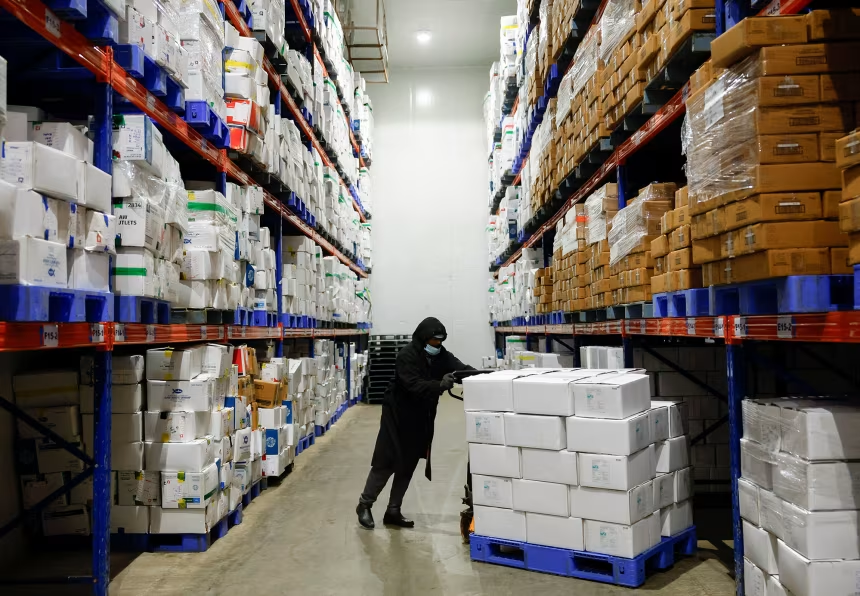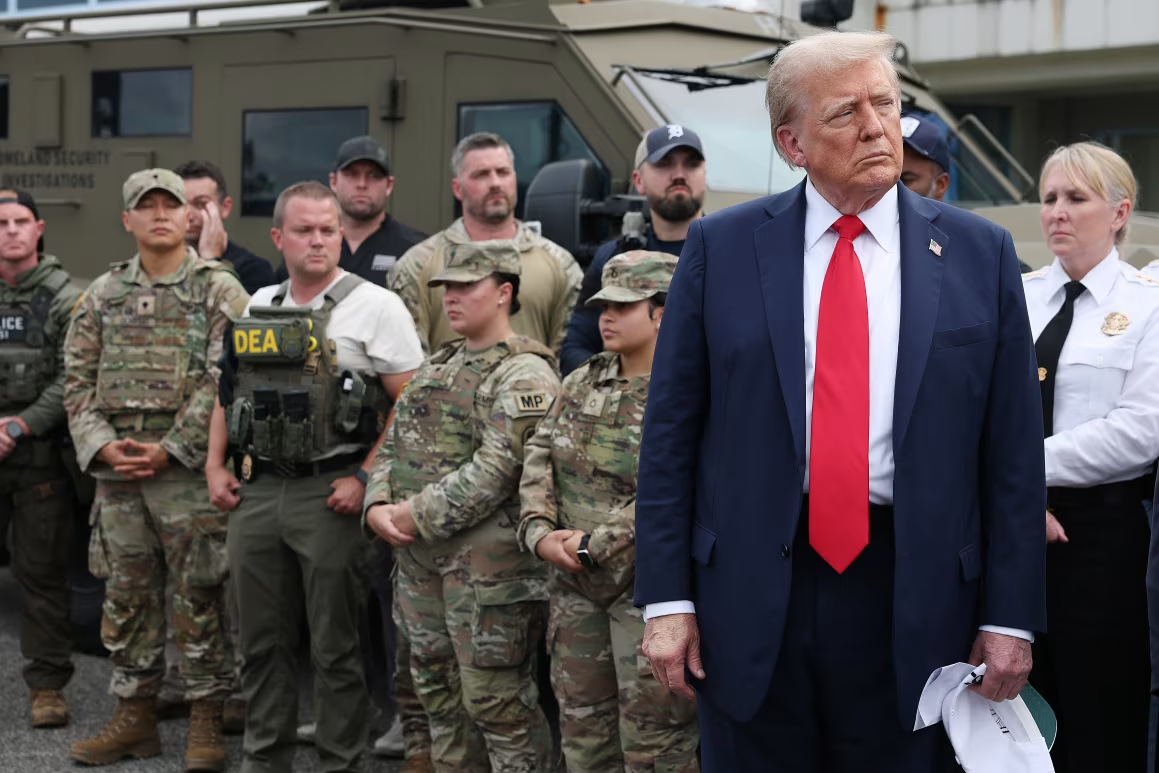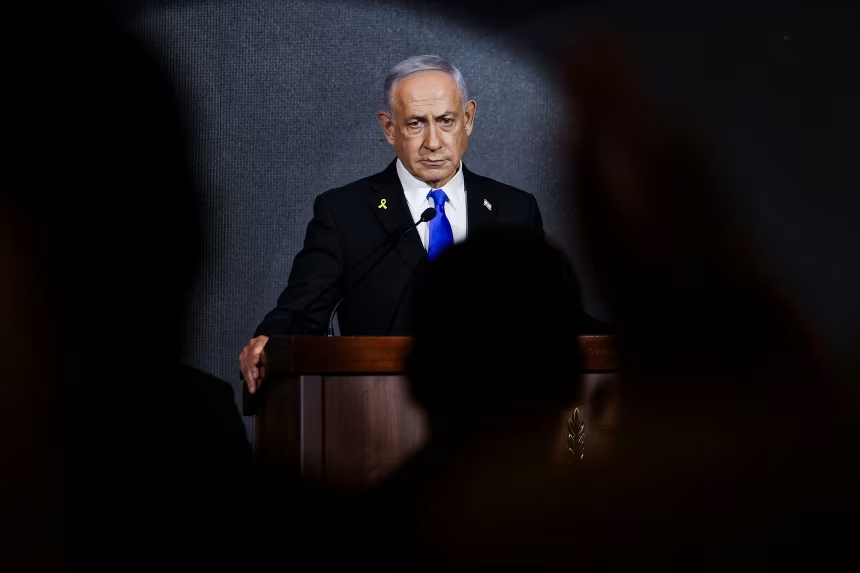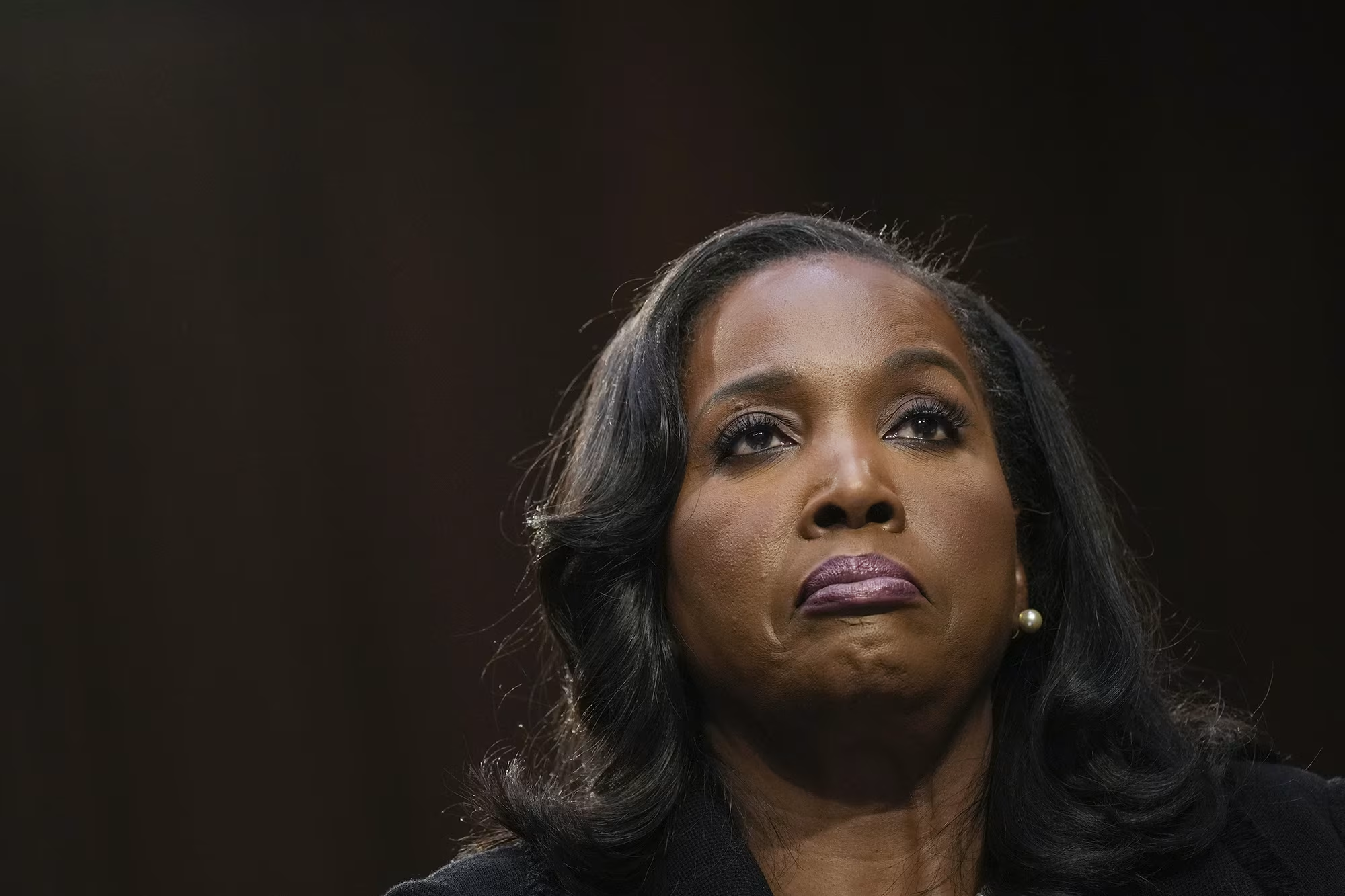President Donald Trump has announced steep new tariffs on Indian imports, raising duties to 50 percent on most products. The move is meant to punish India for continuing to buy large amounts of Russian oil, which Washington argues helps fund the war in Ukraine. Electronics and semiconductors are the only major goods excluded from the new tariff list.
The announcement has already shaken India’s economy. The rupee fell to a record low, and both the Sensex and Nifty stock indexes dropped sharply. Sectors most at risk include textiles, gems, leather, machinery, and food exports. Experts warn that small businesses in the United States could also be hit, as they rely on cheaper Indian imports.
The Indian government has condemned the decision as unfair, saying it is protecting the energy needs of its 1.4 billion people. Prime Minister Narendra Modi has promised to support industries that will be hurt and to explore new markets for Indian goods.
The trade clash comes at a time when India is strengthening its ties with China and Russia while also trying to maintain relations with Washington. Analysts believe this tariff shock could weaken India’s export competitiveness globally and accelerate its efforts to diversify trade with Latin America, Africa, Southeast Asia, and Europe.
In short, the new tariffs mark a major escalation in U.S.–India trade tensions, with serious consequences for both economies and the wider global market.







